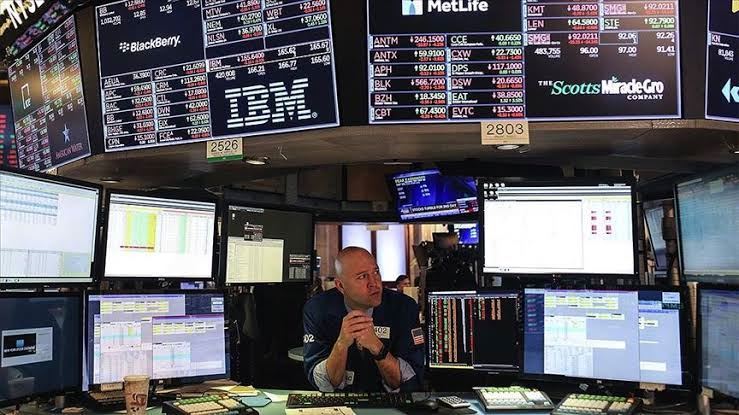In the new week, the dollar continues to rise against all major currencies. With the impact of the heavy loss in sterling, the Dollar Index rose by 1.1 percent to 1354.5 points, reaching a record high.
The index had recorded its fastest daily rise since March 2020, with 1.5 percent on Friday. There is no resistance against the dollar in the currencies of developing countries.
The People's Bank of China has increased the cost of taking a position against the yuan as a step towards the yuan falling to its lowest level since the 2008 financial crisis. The PBOC will impose a 20 percent reserve requirement on banks' customers against forward foreign exchange sales. Despite this move, the offshore yuan is down 0.4 percent against the dollar.
According to NatWest Markets Economist Peiqian Liu, the PBOC's move will fall short of reversing the strong dollar tide. With the exception of the ruble, almost all emerging market currencies depreciated against the dollar, while the South Korean Won fell by 1.4 percent to its weakest level since 2009.
Stock markets are also starting the week on a negative note. MSCI Global Index approaches 2020 lows. Japan's Topix and South Korea's Kospi fell more than 2 percent, while Hong Kong Hang Seng posted a limited premium.
Futures on the S&P 500, which ended Friday with a 1.7 percent decline, point to the continuation of the selling wave.
The US 10-year Treasury yield rose 4 basis points to 3.72%.
US crude oil, which fell below $80 for the first time since January Friday, is down 0.5 percent on growth concerns and finds buyers at $78.3.











Comments
No comment yet.